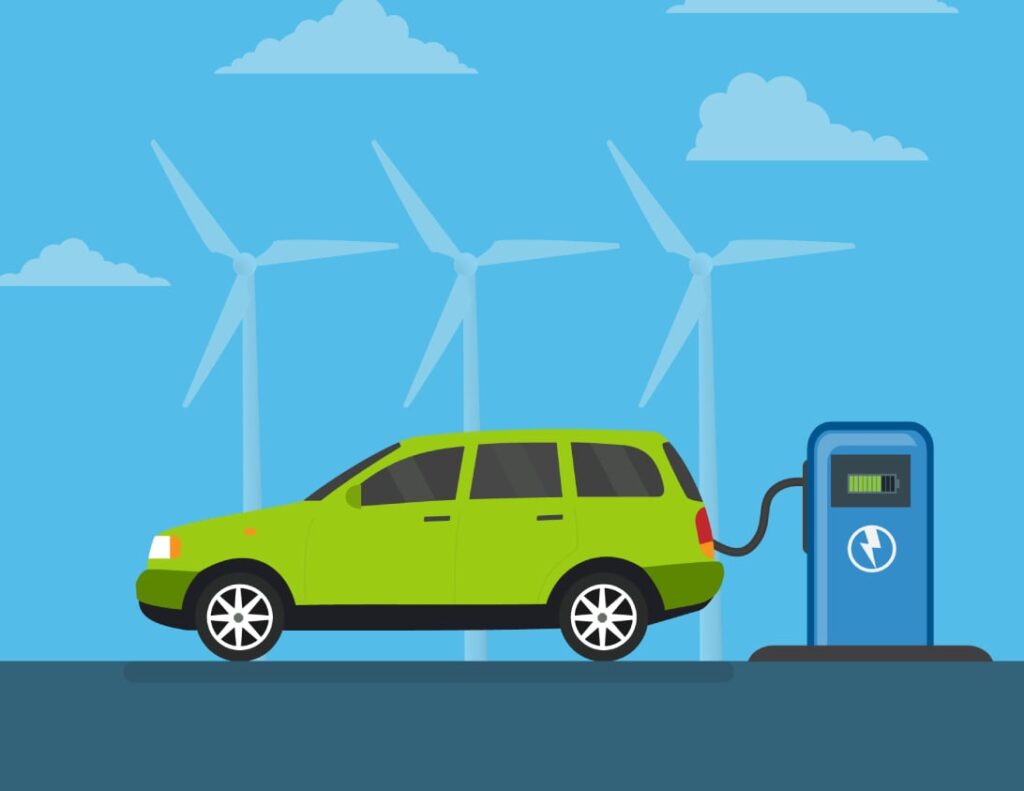The evolution of lithium-ion (Li-ion) battery technology has significantly impacted industrial applications over the years, revolutionizing various sectors by providing reliable and efficient energy storage solutions. Here’s an overview of how Li-ion battery technology has evolved in industrial applications:
- Early Adoption and Development (1990s-2000s): The first commercial Li-ion batteries were introduced in the early 1990s. They offered higher energy density and longer cycle life compared to traditional battery technologies. Initially, Li-ion batteries found use in consumer electronics like laptops and mobile phones.
- Expansion into Electric Vehicles (2000s-2010s): As technology improved and energy density increased, Li-ion batteries began to make their way into the automotive industry. The concept of electric vehicles (EVs) gained traction, and Li-ion batteries were chosen as the primary energy storage solution due to their high energy density, light weight, and ability to be rapidly charged and discharged. This marked a significant step in the adoption of Li-ion technology in industrial applications.
- Integration into Renewable Energy Systems (2010s-2020s): With growing concerns about climate change and the need to transition to cleaner energy sources, renewable energy systems like solar and wind gained prominence. Li-ion batteries played a crucial role in these systems by storing excess energy generated during peak production times and releasing it when demand was higher or during periods of low energy generation. This enhanced the stability and reliability of renewable energy sources.
- Grid Energy Storage and Microgrids (2010s-Present): Li-ion batteries have also found use in grid energy storage applications. Large-scale Li-ion battery installations are utilized to store excess energy during off-peak hours and release it during high-demand periods, helping to stabilize the electrical grid and reduce the need for fossil fuel-based power generation. Additionally, Li-ion batteries are integrated into microgrids, providing localized energy storage and backup power solutions for critical infrastructure and remote areas.
- Advancements in Energy Density and Durability (Ongoing): Research and development efforts have focused on increasing the energy density of Li-ion batteries while improving their overall durability and safety. This has led to the development of advanced electrode materials, electrolytes, and battery management systems. Solid-state Li-ion batteries, which use solid electrolytes instead of liquid ones, are being explored as a next-generation technology that could further improve safety and energy density.
- Emerging Applications (Ongoing): Beyond the sectors mentioned above, Li-ion batteries are finding their way into various other industrial applications. These include electric aviation, maritime transportation, construction equipment, and more. As technology continues to improve and costs decrease, the potential for Li-ion batteries in diverse industrial settings continues to expand.
In summary, the evolution of Li-ion battery technology has been marked by its transition from consumer electronics to a wide range of industrial applications. From electric vehicles to renewable energy integration and grid storage, Li-ion batteries have reshaped how industries approach energy storage and management. Ongoing research and innovation will likely bring further advancements, improving energy density, safety, and sustainability in the years to come.



